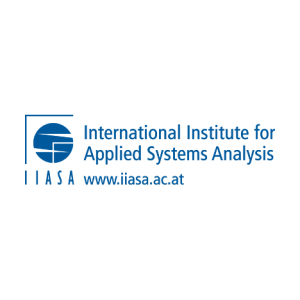High-resolution, bias-corrected weather data for the past, present, and future
Our mission
Our products
MSWEP
Precipitation estimates with unparalleled accuracy by merging gauge, satellite, and model data
MSWX
Operational meteorological product with global coverage from 1979 to 7 months from now
HBV
Regionalized parameter maps for the conceptual hydrological model HBV covering the entire land surface
PPDIST
Maps of the precipitation probability distribution based on the latest satellite and reanalysis datasets
GSCD
Observation-based maps of streamflow characteristics produced using artificial neural networks
Köppen-Geiger
High-resolution maps of the Köppen-Geiger climate classification for historic and future conditions
PBCOR
Precipitation climatologies corrected for gauge under-catch using river discharge observations
Some of our users






















